
Photo: Karel x| Wikimedia Commons
Apart from having a visual distinction of being a metal monster, the Russian aircraft Kalinin K-7 is a brilliant example of a creative flying machine. Developed in the early 1930s, Kalinin K-7 was designed with a unique form consisting of booms, sizable underwing pods, fixed landing gear, and machine gun turrets inside the pods. It would have dominated the skies had it not been designed with the mind of being a heavy experimental aircraft.
The Kalinin K-7 was designed as a multi-mission aircraft, with the hope that it could be equally adept at military as well as civilian use. It had a carrying capacity of 120 passengers and a 180 km/hr cruise speed. If you were to judge it militarily, it could fly at a top speed of 140 mph while being heavily armed with eight 20mm cannons and eight MMGs. And for an aircraft that existed before the advent of jets, and that too in a country that was as rife with corruption as the then USSR, the Kalinin K-7 was something of a marvel.
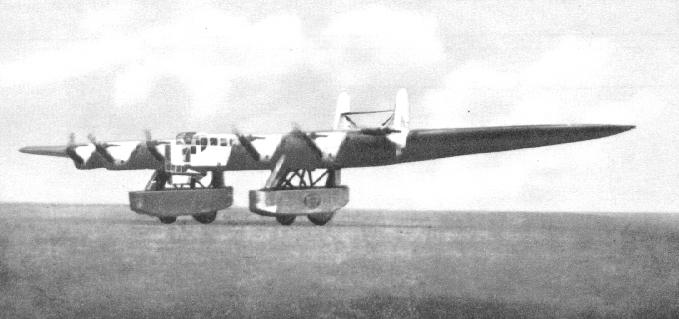
Kalinin K-7
photo: Wikimedia Commons
The Kalinin K-7 had seven Mikulin AM-34F V-12 piston engines, was equipped with 12 shooting positions, and was endowed with a special electronic vehicle that transported shooters to the bombers in the tail section of the aircraft. All in all, it could house 16 tons of bombs.
The Russian Kalinin K-7 never advanced beyond the experimental stage as its crash culminated in the loss of 15 people in total, with one fatality on the ground. Despite only one Kalinin K-7 being ever built, it did contribute to the advancement of aviation technology and helped to advance the concept of multi-mission aircraft in Russian aviation.
Let’s learn about Kalinin K-7 in depth in this article.
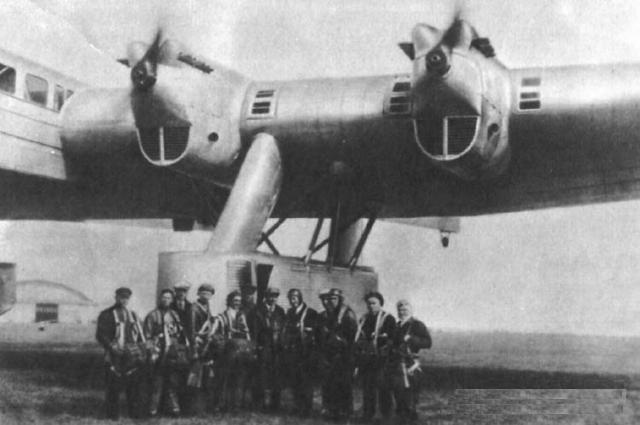
Photo: Wikimedia Commons
Interesting Facts about the Kalinin K-7
Revolutionary Design: The Kalinin K-7 gets its name from Konstantin Kalinin, its designer. Featured in the design was a massive, boxy fuselage with multiple wings and tail assemblies.
Audacious Purpose: The K-7 was intended to serve a multiplicity of purposes ranging from carrying passengers and cargo, or even acting as a bomber or heavy transport.
Soviet National Pride: The development of the K-7 was a source of national pride for the Soviet Union, symbolizing that the communist experiment in Russia would be able to keep up with the technological prowess and industrial might of the Western nations.
The marvel of its Engineering: The intricate (im)balance of the K-7’s size and a hitherto unseen design presented engineering challenges to cope with the aircraft’s structural integrity and stability.
Experimental Materials: The lightweight materials used in the Kalinin K-7, such as duralumin and steel, were relatively new and advanced for that era.
Strategic Significance: The Soviet government saw the K-7 as a political, military as well as a strategic asset that could project power and transport troop, as many as 112 fully equipped paratroopers could be accommodated in the Kalinin K-7
Limited Flight Testing: Numerous setbacks during its development meant that the K-7 had limited flight testing, which perhaps contributed to the lack of a full-fledged evaluation.
Legacy of Inspiration: K-7’s unconventional configuration was one of the reasons why Russian aviators could come up with fascinating aircraft in the future like the Antonov An-225 Mriya, the Supersonic Tupolev Tu-144 or the Caspian Sea Monster.

Photo: Wikimedia Commons
Specific Introduction to the K-7
K-7 was an aircraft that may have been ahead of its time in its sheer audacity of design and purposes and may be far behind in terms of technology or engineering that could back it up. Its maiden flight of the Kalinin K-7 took place on August 11, 1933. The wings of the Kalinin K-7, which measured 454 square meters in size, made it in proportion with, if not more disproportional than, the K-7’s size. The wings were even larger than the B-52 bomber of the present.
K-7 functioned had six tractor engines on the wing’s leading edge, with a pusher-style engine installed at the aft of the fuselage. During the inception phases and even testing ones, it only had seven engines and was later increased to 8.
The manufacture of this chrome-molybdenum steel-framed aircraft began in 1931 at Kharkiv, which is home to The Kharkiv Aviation Factory.
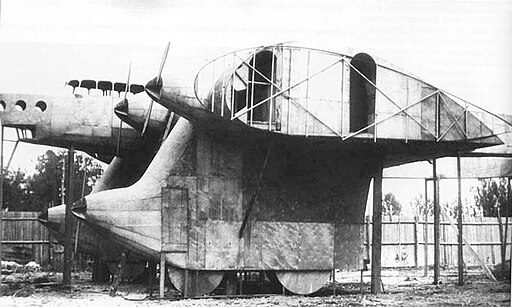
Full-scale mockup of the Kalinin K-7.
Photo: Wikimedia Commons
The multifarious missions of K-7
The Kalinin K-7’s versatility in working, either in the field of civil transport or heavy bomber missions, was met with a lot of praise. After all, it was commodious enough to accommodate 120 civilians, 11 crew members, and 7 tons of mail- more than impressive for its time.
Its dexterity in the military purposes can be encapsulated in the following figures: the Kalinin-7 could accommodate 9.6 tons of bombs, 8×20 mm and 87.62 mm cannons, could make way for 112 fully equipped paratroopers and 11 crew members- not to forget the fuel it carries.

Photo:Auge=mit| Wilkimedia Commons
Some Reasons why the K-7 Kalinin could have been dubbed strange
If today’s conventional jet carriers are set to be the benchmarks- the standard bearers in terms of design- the Kalinin K-7 was a strikingly quirky aircraft, bordering on strange. The Kalinin K-7’s wingspan of more than 170 feet makes it resemble a tank more than a plane. This length is twice as large as that of the Martin B-10’s 21.5m wingspan.
Contrast the wings with the length, height, and service ceiling of the K-7, which were 28 meters, 12.4 meters, and 4000 meters, respectively.
Specifications of the Kalinin-7
| Empty Weight | 24,400 kg/ 53,793 lbs |
| Fuel Capacity | 9,130 L (2,410 US gal) in wing tanks |
| Maximum Take off weight | 46,500 kg (102,515 lb) |
| Cruise Speed | 180 km/h (110 mph |
| Maximum Speed | 225 km/h (140 mph |
| Bombs | 19,000 kg (42,000 lb) |
| Guns | 3x 20 mm (0.79 in) cannon (at least)
8x 7.62 mm (0.30 in) machine guns (at least) |
Instead of a fuselage, this Soviet aircraft was equipped with boom-flying wings, which were so enormous that on the inside, it could accommodate spacious rooms that were not limited to sleeping quarters, staterooms, a radio room, a smoking lounge, and a small restaurant. This is a testament to the spaciousness of the K-7. And all of this came alongside a sizable landing gear assembly and many engines.
The Designer of the Kalinin K-7: Konstantin Kalinin
Konstantin Kalinin was a Russian aviator and designer who, in addition to the K-7, also designed the K-4, K-5, and K-12 and was, in general, the person who oversaw the design and production of aircraft in the Kalinin series. The K-4 was employed for photographic surveys and was also used as an air ambulance during the Russo-Finnish war; the K-1 was used for agricultural purposes as it could carry chemicals worth 400 kilograms (and was also the first domestic passenger plane); the K-5 was the largest produced (in terms of numbers) aircraft in the Soviet Union; and the K-12 as a tailless bomber aircraft, though it didn’t come to use as Konstantin Kalinin was arrested and murdered for the charge of being an “enemy of the state.”
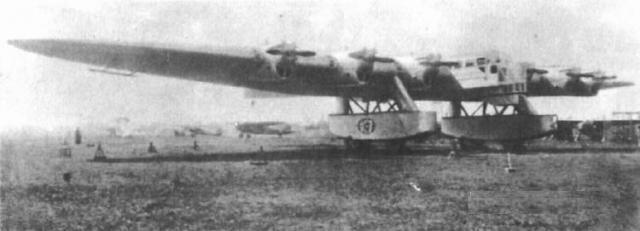
Photo:Wikimedia Common
K-7’s first unsuccessful pioneer flight and subsequent crash
Kalinin K-7’s first flight was significantly unstable, making the aircraft’s maiden flight “unsuccessful.” The instability was caused by the engine’s frequency resonating with the airframe. When researchers dug a tad deeper into the matter, it was found that the innate frequencies of structures and how they react to vibration were not yet complete.
To get around the problem of instability, shortening and strengthening the tail boom was what the researchers resorted to. Despite this adjustment, the vibration of the huge propeller continued to plague the K-7.
Despite a series of test flights that were carried out as many as seven times, with possible changes in its design to accommodate every problem encountered, the K-7 crashed on November 21, 1933. The elevator, which is a flight control surface used in aviation to adjust the position of the nose, became blocked in what was to become the ultimate flight of the K-7. The structural breakdown of the tail boom was what caused the crash.
Design and uniqueness of the solitary Kalinin K-7
The design of the K-7 came at a time of heightened nationalism in Europe that often boiled up to ultranationalism. So it went without saying that reliance on foreign technology was frowned upon, especially in the USSR. And given that many nations were recovering from the dregs of the World War, the import of technology was limited and regarded as fragile.
At a time when using wood covered in cloth or even lightweight aluminum was the resort of many aircraft designers, this enormous masterpiece K-7 was made of steel, chrome, and molybdenum. And that too from the distinctive, domestic materials from the USSR which had a fantastic strength-to-weight ratio.
Twin booms served as the aft portion of the fuselage’s structural framework. The K-7’s wide-span wings were rounded at the wingtips. The cockpit and primary crew section of the aircraft were heavily framed to enable clear sight.
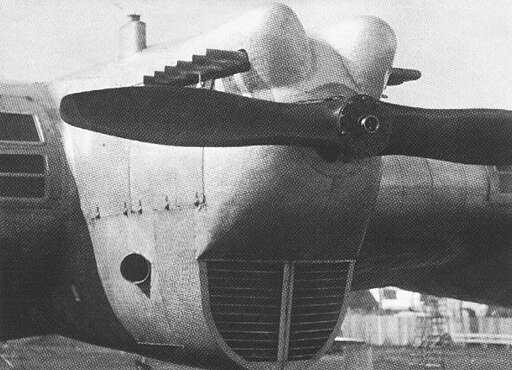
Photo:Wikimedia Commons
The political significance of K-7 for the USSR
Instead of importing steel for the construction of this aircraft, the Soviet Union made use of steel that was produced inside the Soviet Union itself. The manufacture of the K-7 from local steel was dubbed by Pravda- the official newspaper of the Soviet Union- as “a victory of utmost political importance.”
The fact that the Soviet Union was trying to establish a sense of autonomy and trying to match other Western Nations in terms of technological and agricultural advancements, the use of domestic steel in the construction of the K-7 bolstered the case of the Soviet Union as a force of its own.
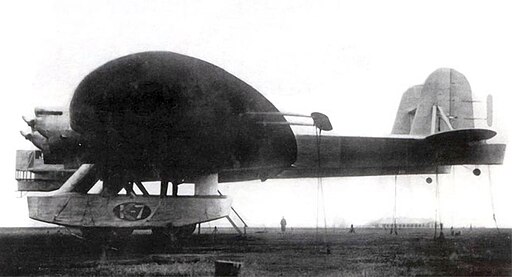
Photo:Wikimedia Common
The ultimate outcome of Kalinin K-7
The Kalinin K-7 was the largest airplane to take off on a propeller engine during its brief lifetime. It also was the aircraft that would have been regarded as the most versatile had the test flights been successful and deployed for purposes that Konstantin Kalinin hoped the K-7 would serve.
But much like the fate of its designer, the Kalinin K-7’s ultimate destiny was tragic. The difference was that Konstantin was a victim of Stalin’s senior-level purges or the Great Terror of the late 1930s on charges of espionage and anti-Soviet activity, while his K-7 had a large number of structural and engineering flaws that were too difficult to work around.
Despite the fact that the Soviet Union had set its sights on the production of two more prototypes of the K-7 (both for troop transports and as a commercial airliner), the USSR disbanded the K-7 in 1935. Many aviation lovers rue that after gruesome work of nearly four years, the K-7 didn’t prove a worthwhile technology that could be bettered.
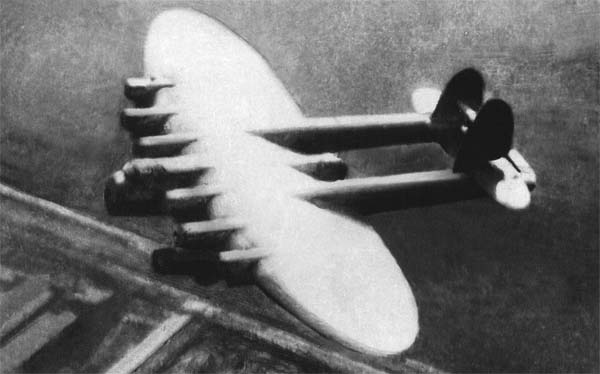
Photo: Denic79|Wikimedia Common
All in All
Some projects are way ahead of their time. Had Konstantin had access to modern computing tools and the ability to make use of Carbon fiber and other lightweight technology that go into making aircraft lighter, we never know how far the K-7 would have gone. And if countries collaborated for scientific work as they do now, and had the Soviets not been restricted by their own insularity and Kalinin hadn’t been a victim of Stalin’s purges, who knows if the Kalinin K-7 would have been the most significant aircraft that served a dual purpose: for the military a well as the civilian.
